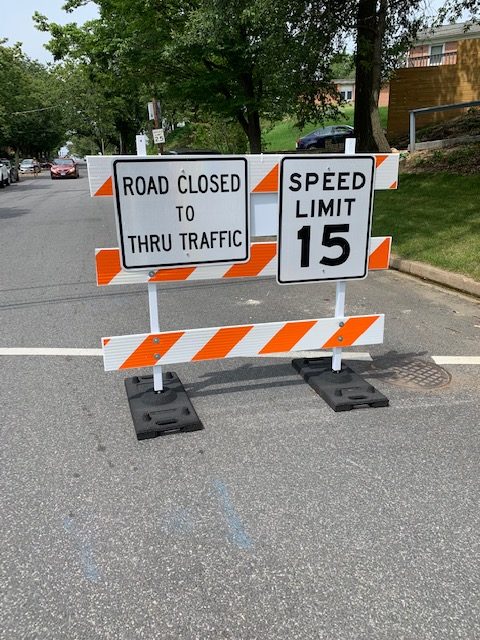Bicyclists long dreaming of turning San Francisco’s main drag into Amsterdam may not get promised protected bike lanes as the Better Market Street project gets scaled back in yet another pandemic hit.
Over the past month, city officials and bike, pedestrian and transit advocates learned that the two departments in charge of the project might change the bike lane and other parts of the iconic redesign due to a spike in bicycle traffic on the car-free street and COVID-19 budget cuts.
The Better Market Street project, the brainchild of advocates for decades, envisioned turning the main thoroughfare into a car-free utopia where people could walk, bike and take transit safely and gather to support businesses and enjoy the city center. The plan was finally approved in October 2019. Private cars were banned from Market Street in January. The project was supposed to take five years and cost more than $600 million, and eventually would span 2.2 miles from Embarcadero to Octavia.
Market Street is historically one of the most dangerous roadways for traffic collisions in the city - part of the 12% of streets on which more than 70% percent of severe and fatal injuries occur. Although private cars were eliminated from the scene in January, buses, streetcars, taxis, delivery vans, scooters, bikes, wheelchair users and pedestrians still jostle for space.
Under the new proposal, the city will keep the current curb, and bicyclists will share a lane with taxis, paratransit, and commercial vehicles instead of a narrower protected lane on the sidewalk. Muni buses will use only the center lane, with islands for boarding, and not make curbside stops. The city will also not replace the brick sidewalks, although they will repair broken bricks, to minimize disruptions to struggling businesses.
Cristina Olea, the project’s manager with the Department of Public Works, described the reworked plan to the San Francisco Transportation Authority Board this week as “some difficult design changes that we’ve had to implement because of the current situation in the city.” At the board’s meeting Tuesday, city supervisors and advocates protested that the changes to the original plan, finalized with fanfare last year, were regressive.
“We went from a project where people who ride bikes, ride transit and walk and people who advocate for them were all excited about it,” Supervisor Matt Haney said. “Now all those groups have serious concerns.”
Janice Li, advocacy director for the San Francisco Bicycle Coalition, said it felt like being “left at the altar” after so much hard work to agree on the design.
“This is a once-in-a-generation opportunity and we do have to get it right,” Li said. “If we are making revisions, folks along the way who are fighting for this and care deeply about businesses and people with disabilities who bike and walk here, they have to be on board, and that’s not where we are at.”
The original plan, blessed by all the parties involved, was making progress until shelter-in-place and a budget crisis hit. When that happened, the city had only secured a third of the funding it needed for the entire project. The proposed changes will save the city $63 million, but it will still cost $121 million, with an additional $7 million for redesign, for Phase 1 between 5th and 8th Streets. With the cuts, the project has enough funding to start Phase 1 construction early next year, but needs more money for the next phases.
Supervisors and public callers Tuesday protested that the still high price tag wouldn’t change Market Street that much in the end. The city is soliciting opinions from groups that use the street and will hold an open house and two public meetings over the next two weeks.
“There are still a lot of questions and concerns,” Olea said. Her agency said Thursday the city is “open to considering changes to the proposal that don’t require us to move the curbline” - which in effect rules out the protected bike lane.
Project managers said the original bike lane, which would have ranged from five to eight feet wide on the sidewalk, wasn’t big enough to accommodate cycling demand after private cars were banned in January. Biking on the street increased by 25%, with more than 800 bicyclists an hour at peak, before the city shut down because of the pandemic.
“We had a success problem that the previous design could not accommodate,” SFMTA Director Jeffrey Tumlin said Tuesday.
Making the bike lane curbside would provide 11 feet of space - with the catch being that it’s shared with approximately one vehicle every one to two minutes, based on the agency’s count in January. The new proposal will add speed humps and painted curbs to slow traffic and protect bicyclists in the lane.
“We can have streets that accommodate a low volume of, for example, the occasional delivery truck or occasional taxi cab without making people on bikes or on foots or in wheelchairs or on skateboards feel unsafe,” Tumlin said. He believed the changes could be a “win-win solution” with more space for people riding bikes and other means of transit, while saving money.
But critics protested that combining bicyclists with taxis, vans and trucks could be a deadly mix.
“Yes it gives more space for people on bikes, but it gives more space for them to potentially be hit by cars,” said Haney. “There are obviously some inherent dangers involved in that.”
Even with traffic dropping during shelter-in-place, the city is far from meeting its goal of eliminating traffic deaths by 2024, with 21 deaths already as of mid-October.
Bicyclists who called in to the public meeting said they wouldn’t feel safe sharing a lane with vehicles, and Li said she wouldn’t take her 63-year-old mom on it. Some callers suggested allowing experienced bicyclists to ride curbside to create more capacity, but preserving the sidewalk lane for novice cyclists.
Critics also protested that Muni buses were being relegated to the center lane, with Supervisor Dean Preston worrying there was a risk for “major backups” after shelter-in-place lifted. Britt Tanner, SFMTA senior engineer, said making Market Street car-free improved Muni travel time by up to 12%. Confining Muni to the center lane could still accommodate up to 60 vehicles an hour - 20% more traffic than before the pandemic, she said. Boarding islands will be lengthened so that two buses can stop at the same time.
Supervisors and residents were also concerned about what they saw as rushed changes after years of deliberation on the expensive project in the heart of downtown. The city agencies presented to the project’s community working group on Sept. 28, with three more sessions after that, and informed supervisors.
They will now hold a virtual open house, with materials available on its website, from Nov. 2 to Nov. 13, and host two online live meetings: Nov. 4 from noon to 1 p.m. and Nov. 9 from 4:30 p.m. to 6 p.m. The agency will also present the plan to the SFMTA Board on Dec. 15 with more opportunity for public comment.
Mallory Moench is a San Francisco Chronicle staff writer. Email: mallory.moench@sfchronicle.com Twitter:@mallorymoench
Let's block ads! (Why?)
"street" - Google News
October 30, 2020 at 07:30AM
https://ift.tt/3oMWFoP
Another pandemic blow: S.F.’s ambitious plan to redesign Market Street - San Francisco Chronicle
"street" - Google News
https://ift.tt/2Ql4mmJ
Shoes Man Tutorial
Pos News Update
Meme Update
Korean Entertainment News
Japan News Update



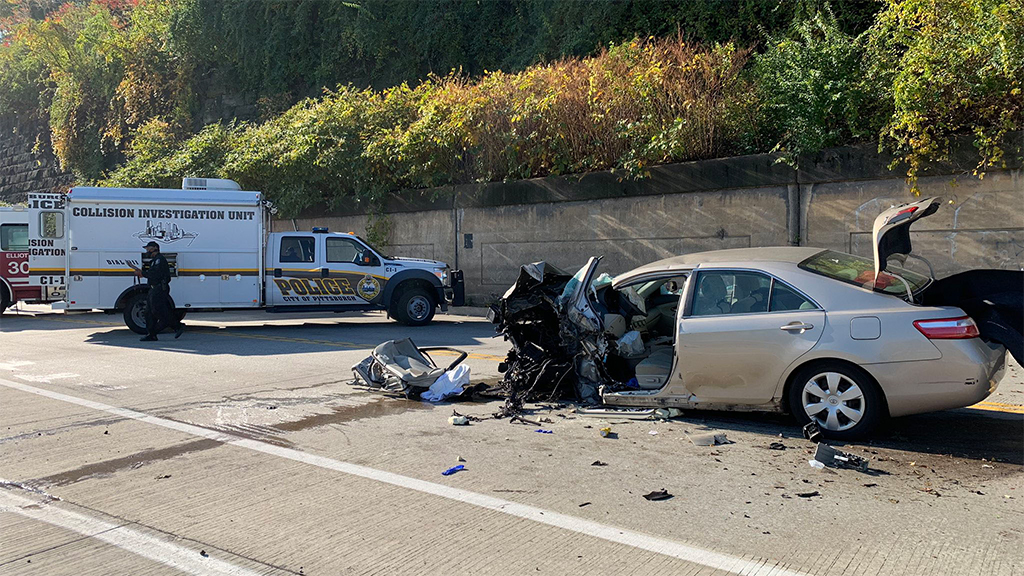

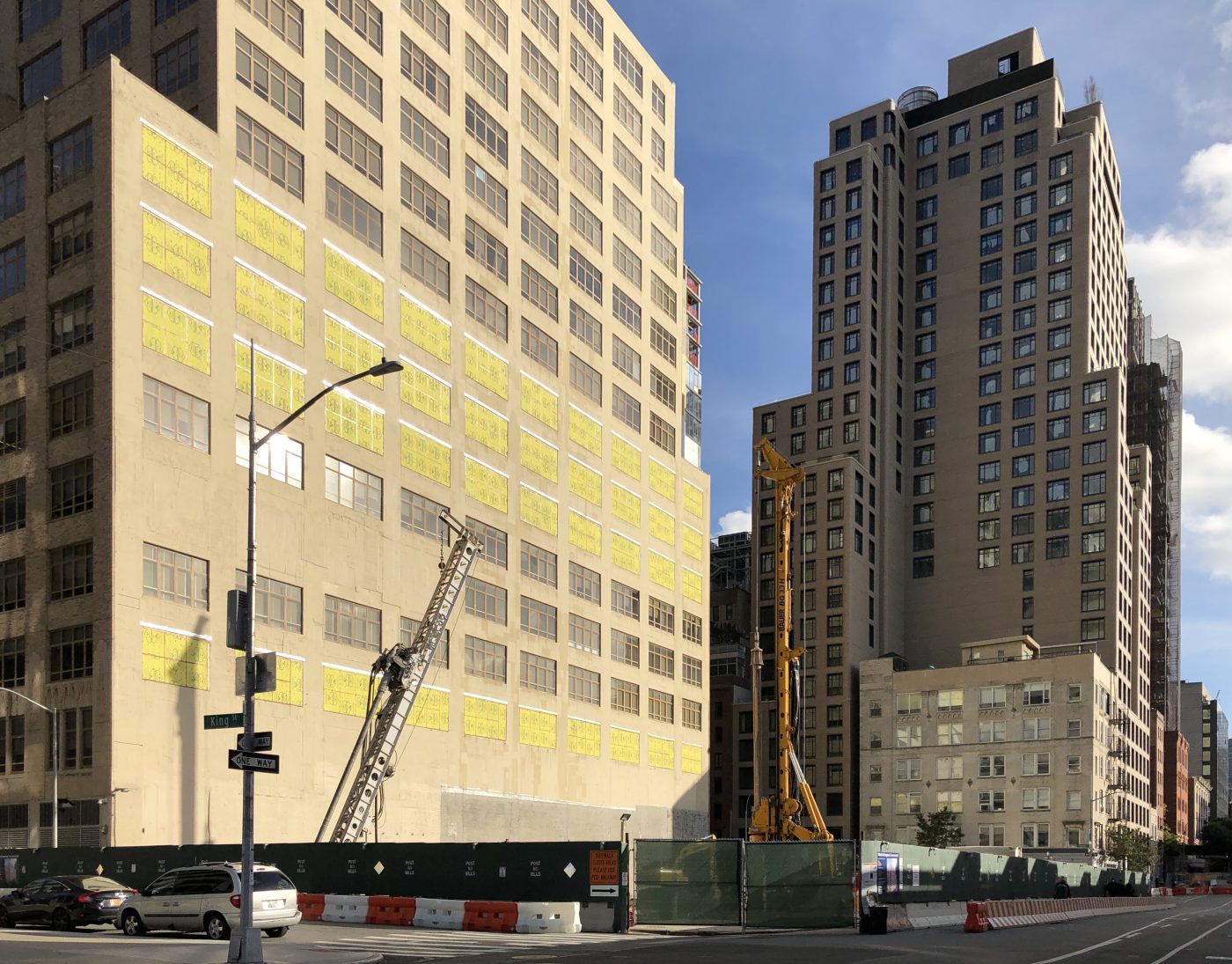
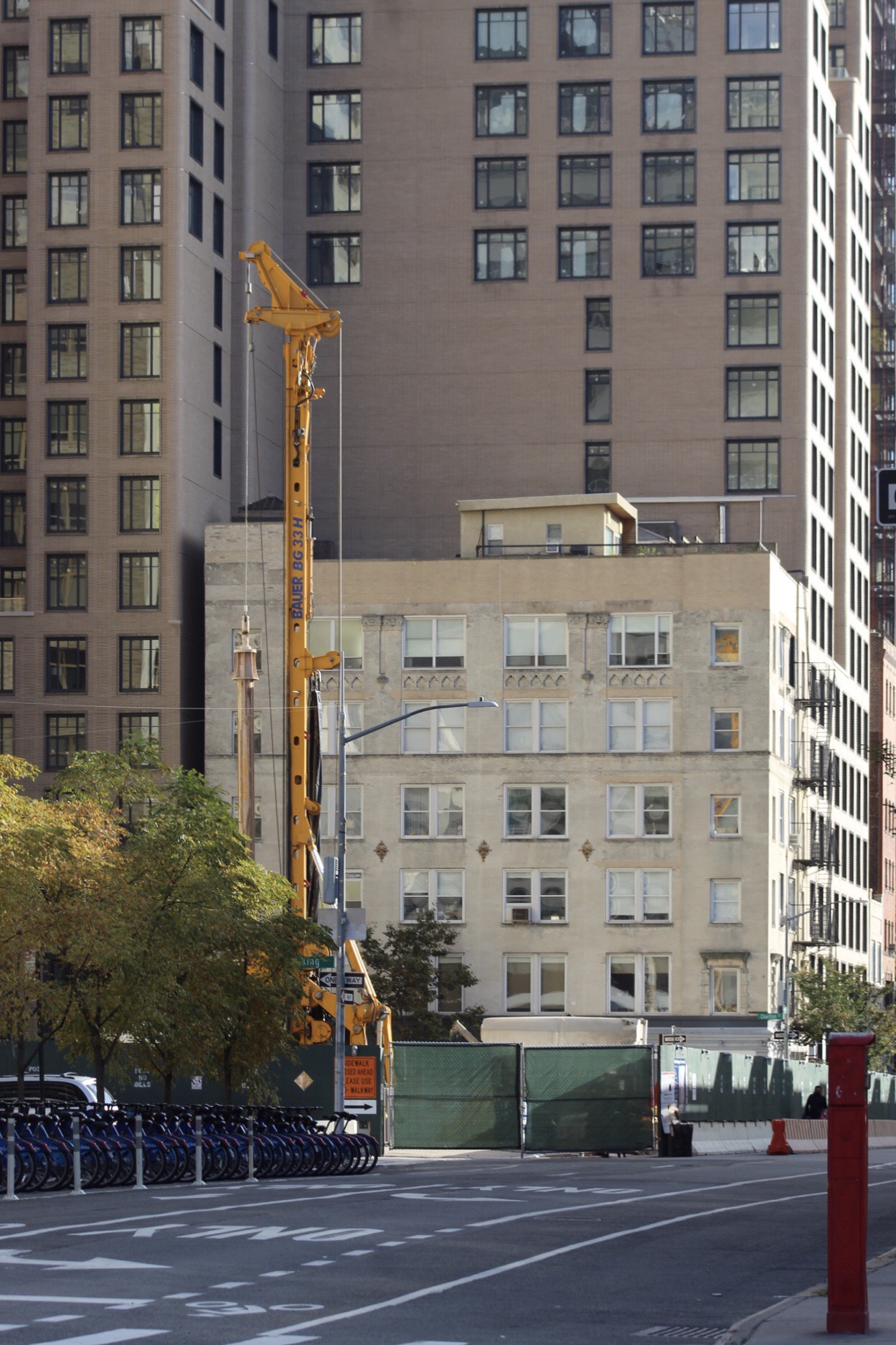
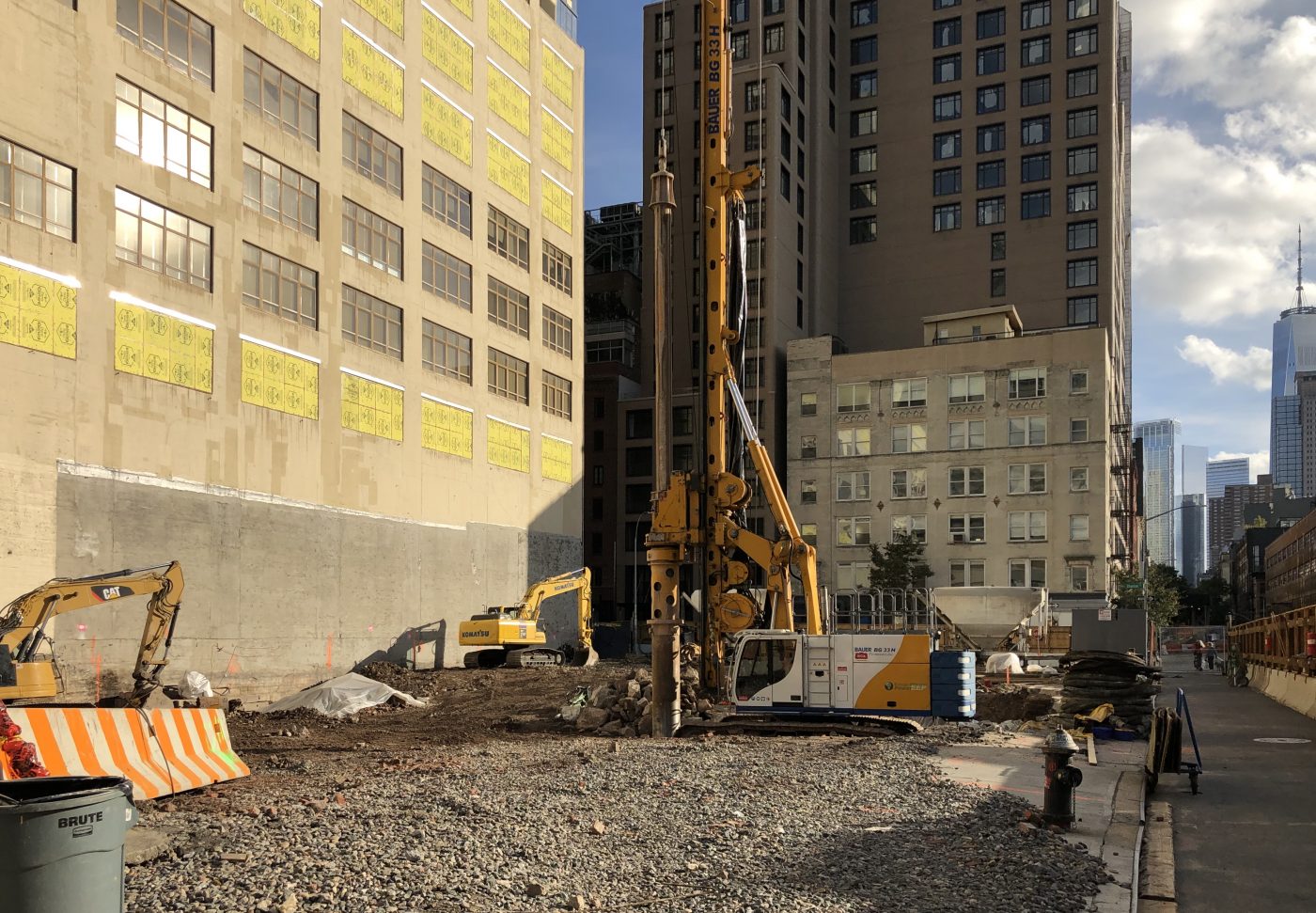
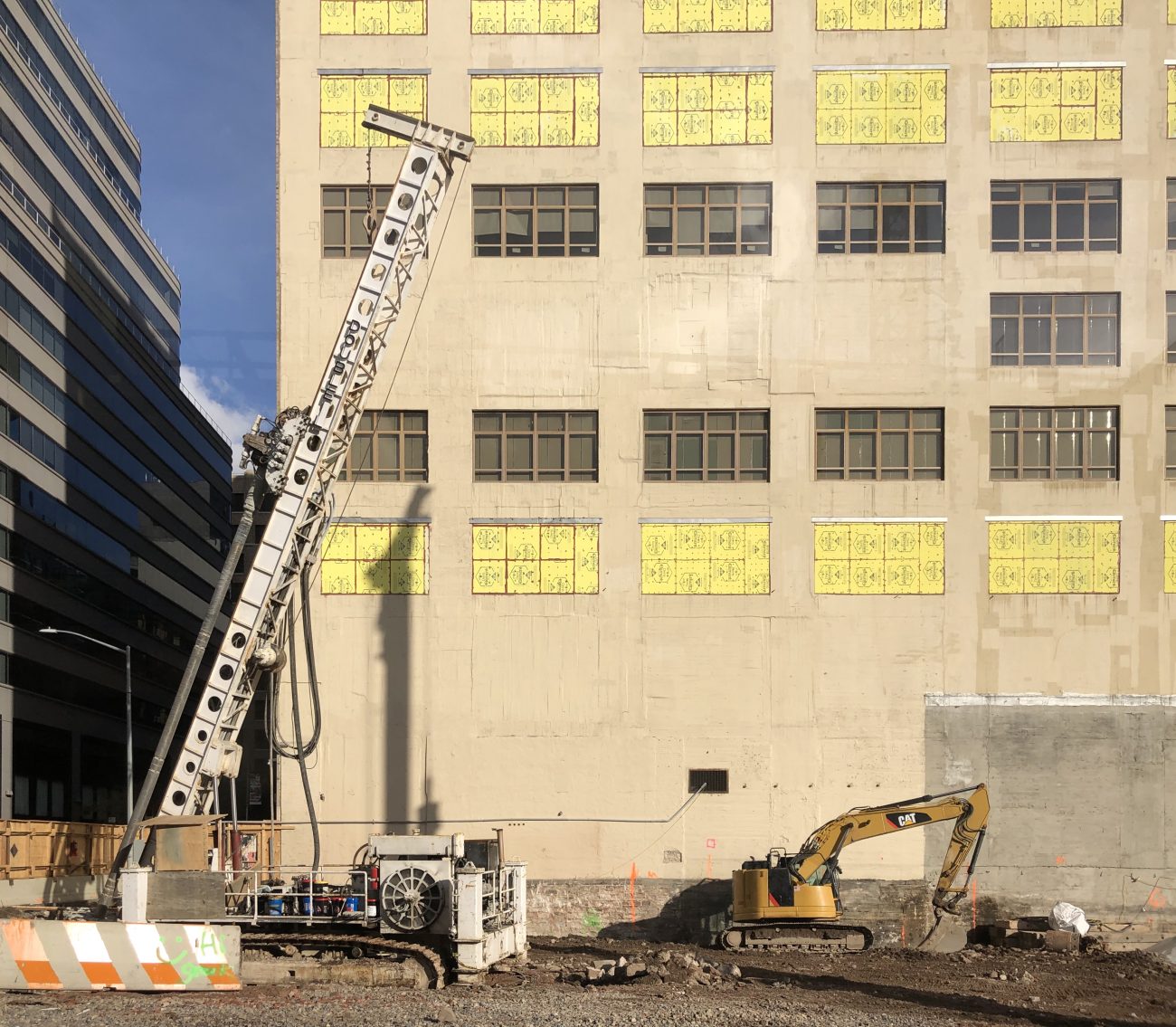
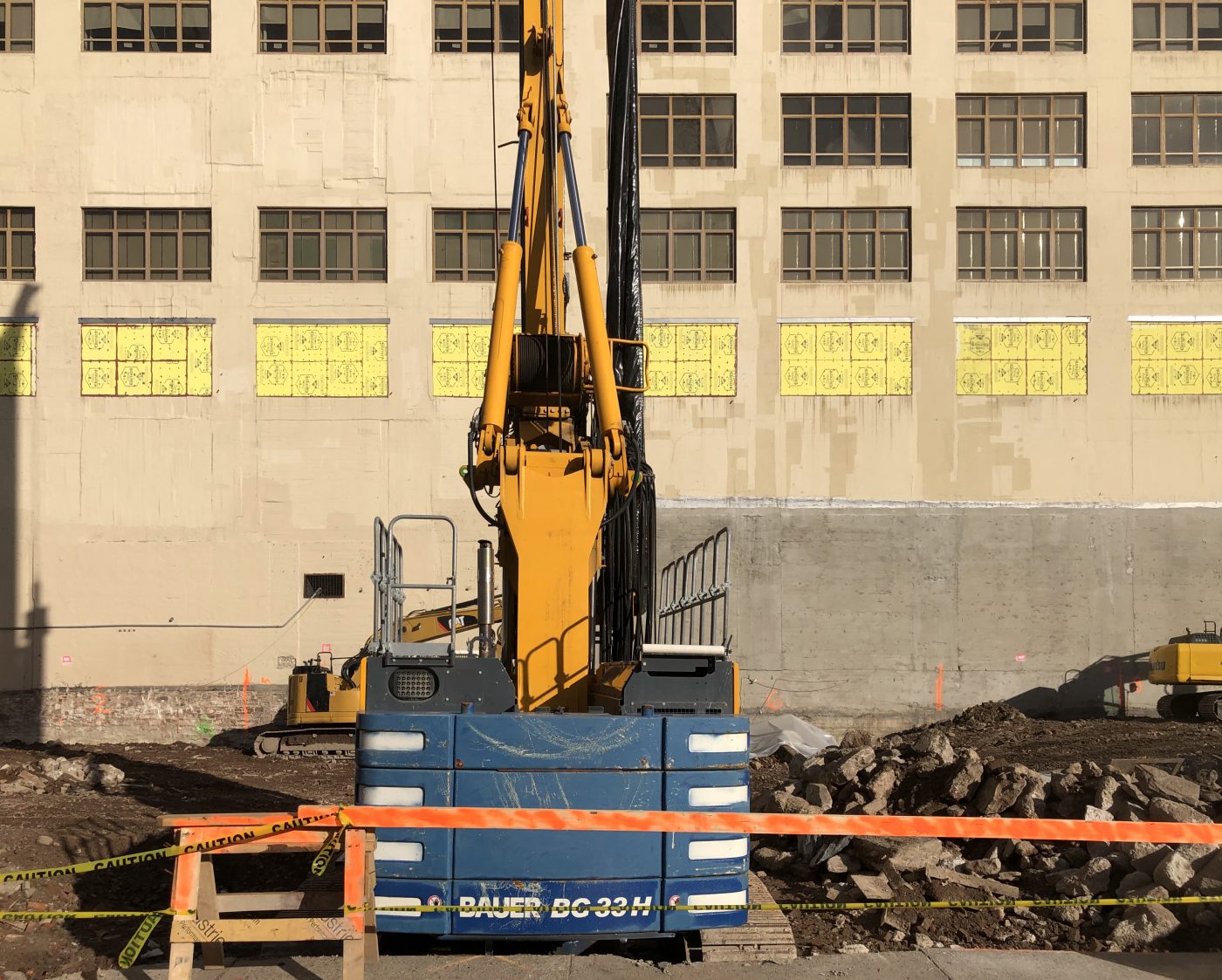










:strip_exif(true):strip_icc(true):no_upscale(true):quality(65)/d1vhqlrjc8h82r.cloudfront.net/10-30-2020/t_7fd8d46871fe4a618d6369c4f73ba899_name_image.jpg)


